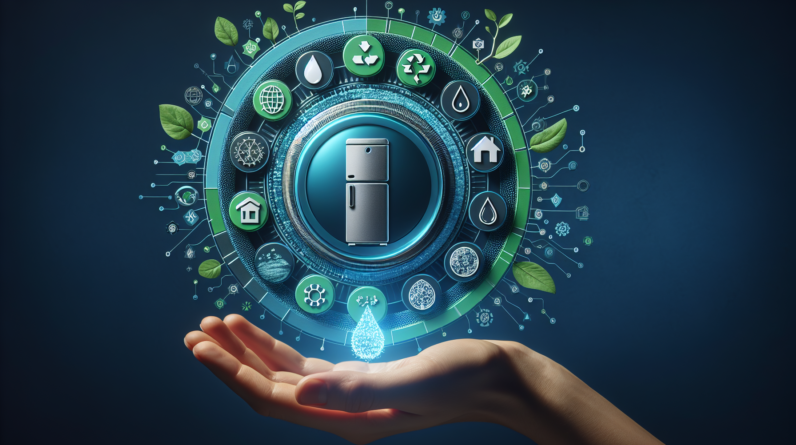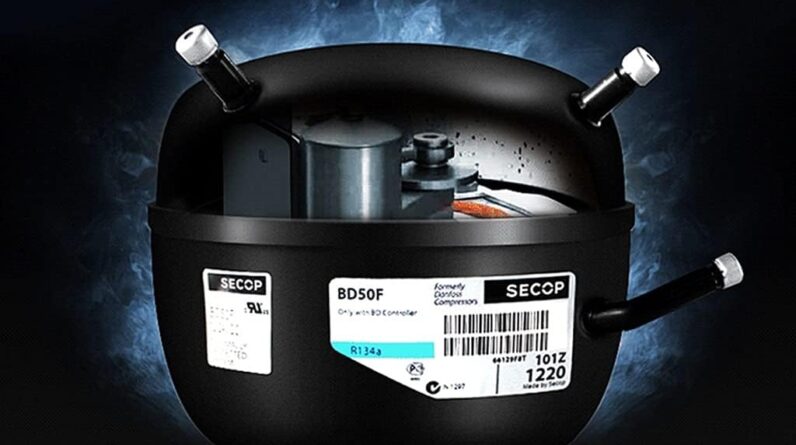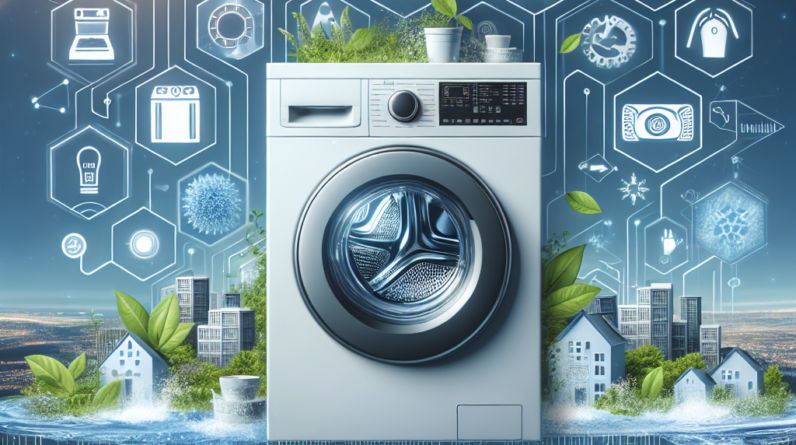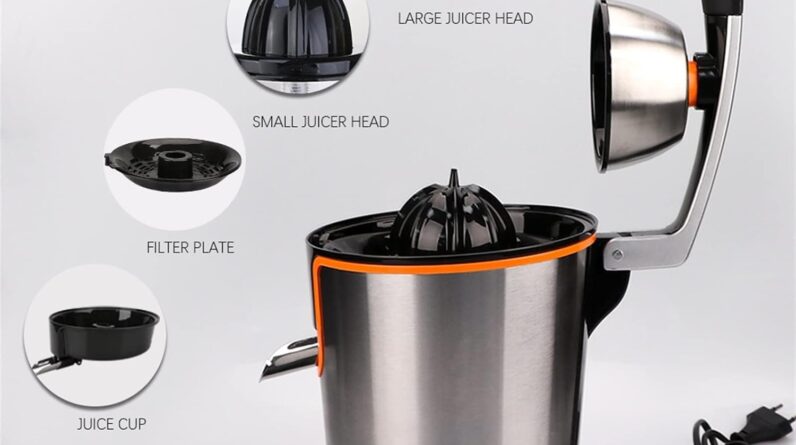
You’re on a mission to save energy and reduce your monthly electricity bill. We all know that household appliances can consume a significant amount of energy, but luckily, there are some simple tips you can follow to minimize their energy usage. In this article, we’ll reveal some handy energy-saving tips specifically designed for your appliances. From your refrigerator to your washing machine, we’ve got you covered. So, let’s jump right in and discover how you can make your appliances more efficient while keeping those pesky energy costs under control.
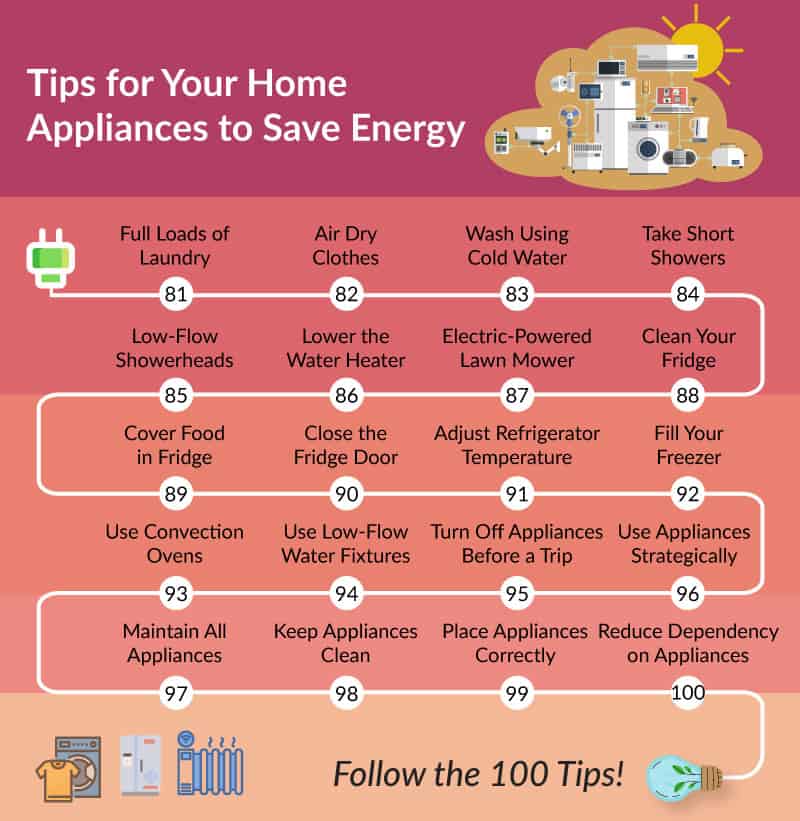
Refrigerator
Set the temperature appropriately
One of the most important factors in saving energy with your refrigerator is to set the temperature appropriately. The recommended temperature for your refrigerator is between 35 and 38 degrees Fahrenheit (2 to 3 degrees Celsius). This range ensures that your food stays fresh while also preventing the refrigerator from working harder than necessary.
Keep the coils clean
Another energy-saving tip for your refrigerator is to keep the coils clean. Over time, dust and dirt can accumulate on the coils located at the back or bottom of your refrigerator, which can make it harder for the appliance to cool down. By regularly vacuuming or using a brush to clean the coils, you can help your refrigerator run more efficiently.
Don’t overfill the refrigerator
While it can be tempting to pack your refrigerator to the brim, it’s important not to overfill it. When the refrigerator is too full, air circulation can be restricted, causing the appliance to work harder to cool the items inside. It’s best to leave some room between items and ensure proper airflow for energy-efficient cooling.
Avoid frequent opening and closing
Every time you open the refrigerator door, cold air escapes and warm air enters, creating a strain on the appliance to maintain the desired temperature. To save energy, try to avoid frequent opening and closing of the refrigerator door. Instead, plan ahead and take out everything you need at once or quickly grab items with the least amount of time the door is open.
Oven/Stove
Use the right burner size
When using your stove or oven, choosing the right burner size can make a significant difference in energy consumption. If you are using a small pot or pan, opt for the smaller burners, as they will heat up more efficiently. Likewise, larger pots and pans should be matched with larger burners to ensure even cooking and reduce energy waste.
Preheat the oven efficiently
Preheating the oven is a common step in many recipes, but in some cases, it may not be necessary. Unless the recipe specifically requires preheating, consider skipping this step. Most modern ovens heat up quickly, and by eliminating preheating, you can save both time and energy without compromising the quality of your baked goods or roasted dishes.
Use the self-cleaning feature sparingly
It can be tempting to rely on the self-cleaning feature of your oven to maintain its cleanliness, but this feature consumes a significant amount of energy. Instead, try to hand clean your oven regularly and only use the self-cleaning feature when absolutely necessary. This small adjustment can make a noticeable difference in your energy consumption.
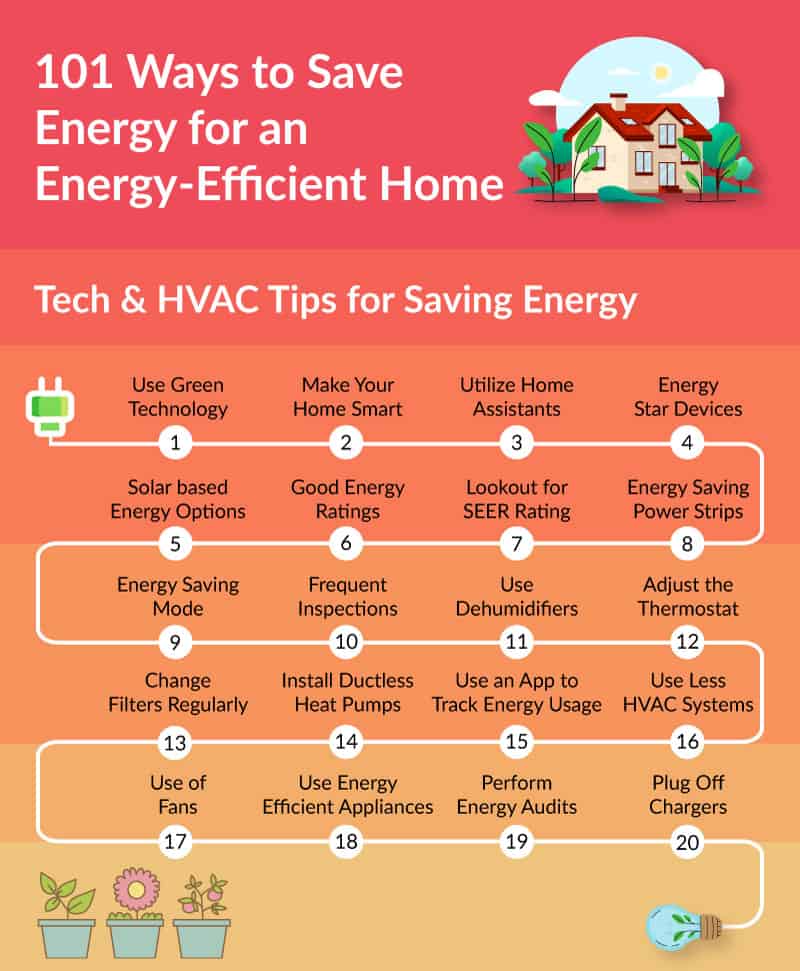
Dishwasher
Wait for a full load
Waiting for a full load before running your dishwasher is a simple way to save energy. Running the dishwasher only when it is completely full reduces the number of cycles required, resulting in less water and energy usage per dishwashing session. If you find that you need a specific dish or utensil, consider washing it by hand to avoid running the dishwasher unnecessarily.
Scrape dishes instead of rinsing
Before loading your dishes into the dishwasher, it is often unnecessary to rinse them under running water. Instead, simply scrape off any excess food particles into the trash or compost. Modern dishwashers are designed to handle food residues, and rinsing dishes beforehand can use extra water unnecessarily.
Use the energy-saving mode
Many dishwashers have an energy-saving or eco-mode that reduces the amount of water and energy consumed during operation. By selecting this mode, you can save resources without compromising the cleanliness of your dishes. Additionally, avoid using the heated drying option and let your dishes air dry, further reducing energy usage.
Washing Machine
Wash full loads
Similar to dishwashers, washing machines should be operated with full loads whenever possible. Running the washing machine with fewer clothes or smaller loads wastes both water and energy. By waiting until you have a full load of laundry, you can maximize the efficiency of your washing machine and save resources.
Use cold water when possible
In many cases, using cold water to wash your clothes can be just as effective as using warm or hot water. Cold water not only saves energy by eliminating the need to heat the water, but it also prevents colors from fading and helps preserve the quality of your garments. Take advantage of the cold water setting on your washing machine, and use warm or hot water sparingly for heavily soiled items.
Air dry clothes
Utilizing a clothesline or drying rack to air dry your clothes is an excellent way to conserve energy. Dryers consume a significant amount of electricity, and by opting for air drying, you can reduce your energy consumption while also extending the lifespan of your garments. When the weather permits, take advantage of the natural drying method for energy and cost savings.
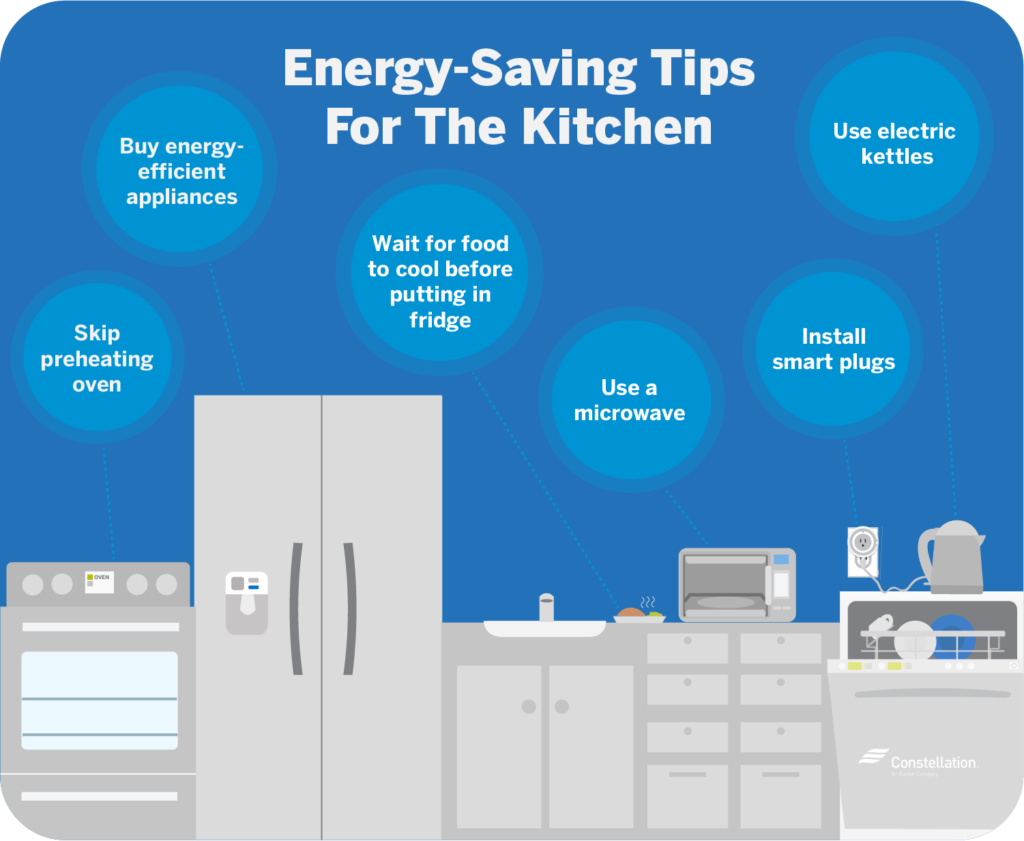
Dryer
Clean the lint filter regularly
To ensure the efficiency and safety of your dryer, it is important to clean the lint filter regularly. A clogged lint filter restricts airflow, causing the dryer to work harder and use more energy. By removing lint from the filter before or after every load, you can maintain proper airflow and avoid unnecessary energy consumption.
Dry full loads
Just like with washing machines, drying full loads in your dryer is more energy-efficient than drying smaller loads. When you have less laundry to dry, consider waiting until you have a full load or combining smaller loads. This practice maximizes the use of energy per drying cycle and reduces the overall energy consumption of your dryer.
Use the moisture sensor option
Most modern dryers come equipped with a moisture sensor option that automatically shuts off the dryer when your clothes are dry. By using this feature instead of relying on a timed drying setting, you can prevent over-drying and save energy. The moisture sensor detects the moisture level in your clothes, ensuring that the dryer runs only as long as necessary.
Microwave
Use microwave-safe cookware
When using your microwave, it is essential to use microwave-safe cookware. Not only does this ensure the safety of your food, but it also promotes energy efficiency. Microwave-safe containers absorb the energy from the microwave, allowing your food to heat more quickly and efficiently.
Match cookware size to food size
To optimize the energy efficiency of your microwave, match the size of the cookware to the size of the food being heated or cooked. Using oversized containers for smaller portions wastes energy as the extra space requires more energy for heating. Utilize appropriately sized dishes and containers to minimize energy consumption.
Avoid unnecessary preheating
Unlike conventional ovens, microwaves do not require preheating. Avoid the unnecessary step of preheating and simply place your food directly into the microwave. Microwaves heat food quickly, and preheating only adds extra time and energy usage.
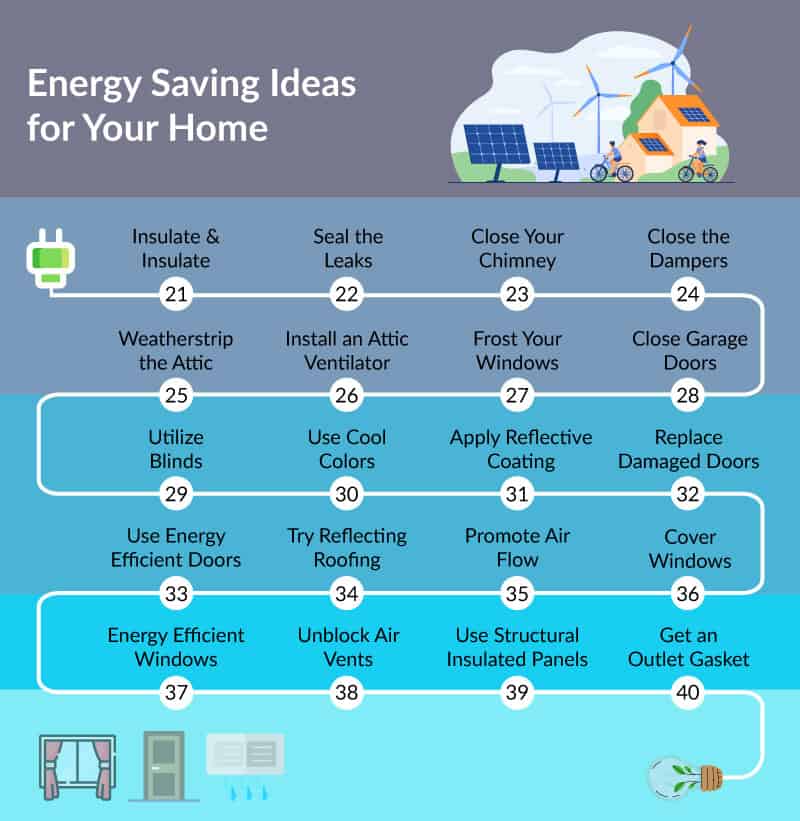
Television
Enable power-saving mode
Most modern televisions come with a power-saving mode that reduces energy consumption without sacrificing viewing quality. By enabling this mode, your television will automatically adjust settings to minimize energy usage during periods of inactivity or low screen brightness. Take advantage of this feature to lower your energy consumption while still enjoying your favorite shows and movies.
Turn off when not in use
One of the simplest and most effective ways to save energy with your television is to turn it off when not in use. Avoid leaving the television on as background noise and make it a habit to power it off completely when you’re finished watching. By doing so, you can prevent unnecessary energy consumption and reduce your carbon footprint.
Adjust brightness and contrast
Adjusting the brightness and contrast settings on your television can contribute to energy savings by reducing its overall energy consumption. Brightness settings that are too high can be unnecessarily energy-intensive, so find a balance that provides optimal viewing while minimizing energy usage. Experiment with the settings to find what works best for your viewing preferences and energy-saving goals.
Air Conditioner
Set the thermostat to an appropriate temperature
To optimize energy usage with your air conditioner, it is crucial to set the thermostat to an appropriate temperature. Find a balance between comfort and energy efficiency by setting the temperature slightly higher in warmer months and using fans to supplement cooling. Each degree increase in temperature can result in energy savings, so adjust the thermostat accordingly.
Ensure good insulation
Proper insulation plays a crucial role in the efficiency of your air conditioner. Seal any gaps around windows and doors to prevent cool air from escaping and warm air from entering. Good insulation helps maintain a consistent temperature indoors, allowing your air conditioner to work more efficiently and save energy.
Regularly maintain and clean filters
Regular maintenance and cleaning of the filters in your air conditioner are essential for optimal performance and energy efficiency. Clogged or dirty filters restrict airflow and force the air conditioner to work harder to achieve the desired temperature. Clean or replace the filters according to the manufacturer’s recommendations to ensure efficient operation and energy savings.
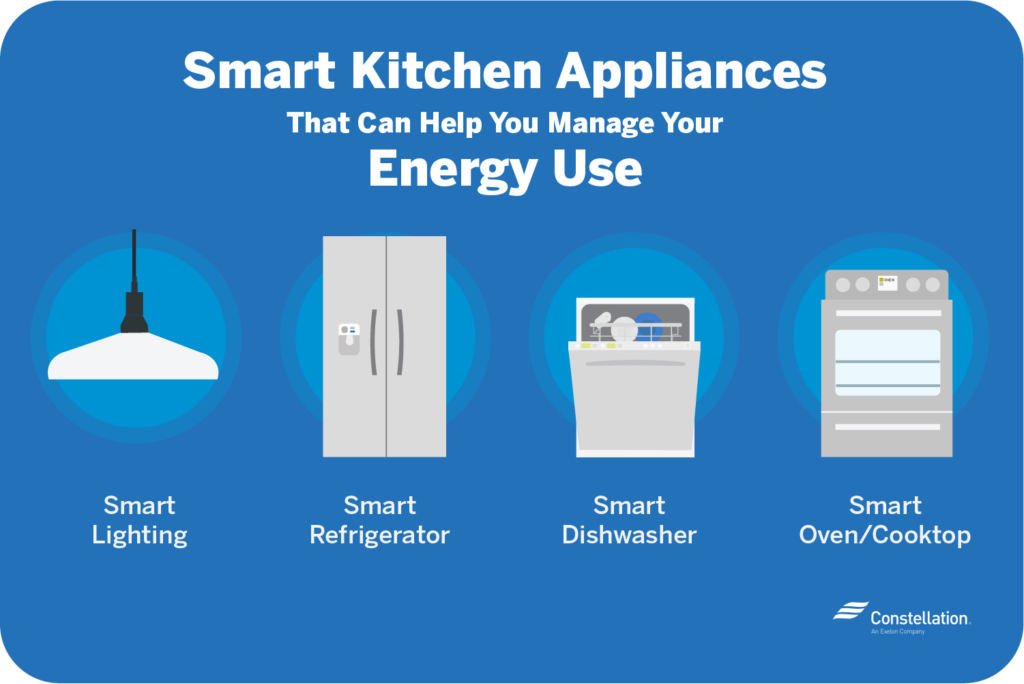
Water Heater
Reduce water temperature
Lowering the temperature setting on your water heater can significantly reduce energy consumption. The recommended temperature for most households is 120 degrees Fahrenheit (49 degrees Celsius). This temperature is sufficient for daily use while saving energy by avoiding excessive heating. Be sure to consult the manufacturer’s instructions for adjusting the temperature of your specific water heater model.
Insulate water pipes
Insulating water pipes can help minimize heat loss, increase efficiency, and save energy. By insulating the hot water pipes leading from the water heater to taps or faucets, you can reduce the amount of time it takes for hot water to reach its destination. This means less water is wasted while waiting for it to heat up, resulting in energy and water savings.
Take shorter showers
Reducing the length of your showers can have a significant impact on your household’s energy consumption. The longer you spend in the shower, the more hot water is used, which requires energy to heat. By consciously aiming for shorter showers, you can conserve both water and energy, making a positive impact on the environment and your utility bills.
Computer/Printer
Enable sleep mode
Enabling sleep mode on your computer and printer can help save energy during periods of inactivity. Sleep mode automatically puts the devices into a low-power state after a certain period of inactivity, reducing energy consumption. Ensure that the sleep mode settings are activated and adjust the timing to suit your usage patterns, maximizing energy savings.
Turn off when not in use
When you’re finished using your computer or printer, remember to turn them off completely. Leaving them in standby mode still consumes a significant amount of energy, so it’s best to power them off when they won’t be in use for an extended period. This simple habit can help save energy and reduce your overall carbon footprint.
Print double-sided
Printing documents double-sided is an effective way to conserve paper and reduce energy usage. Most modern printers have a built-in duplex printing feature that allows you to automatically print on both sides of a page. By utilizing this feature whenever possible, you can reduce paper waste and save energy used in the printing process.
